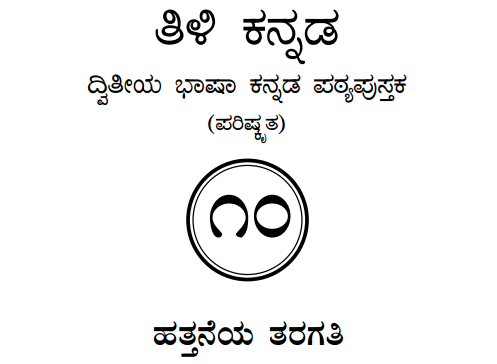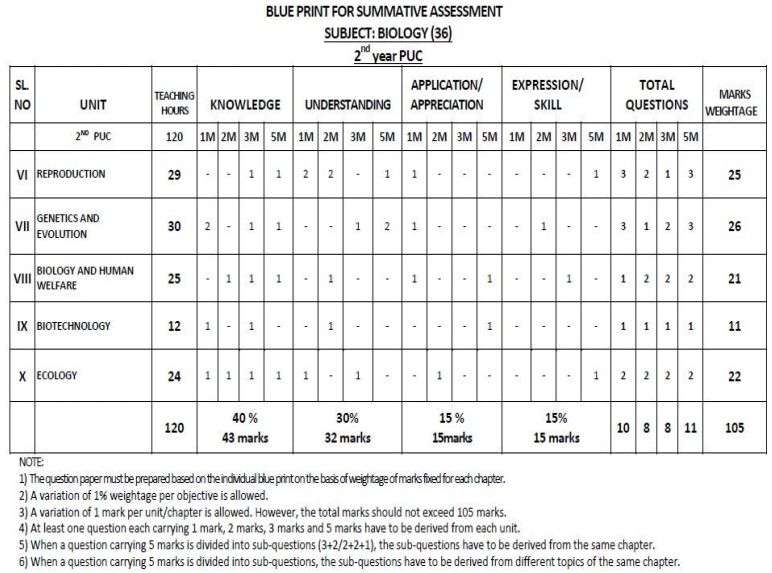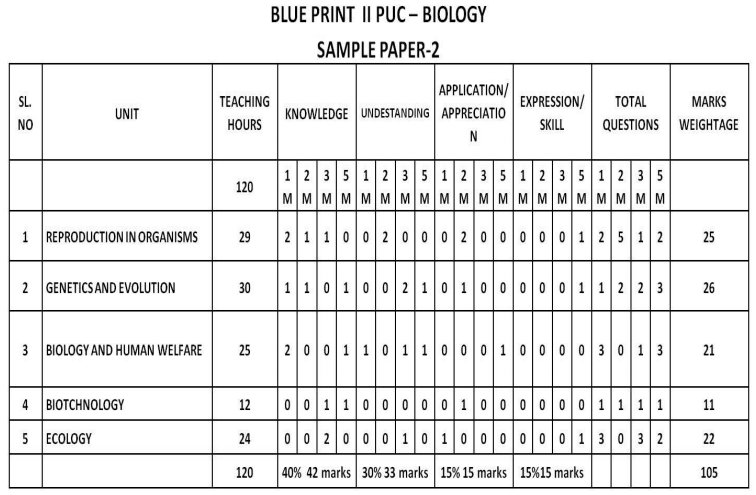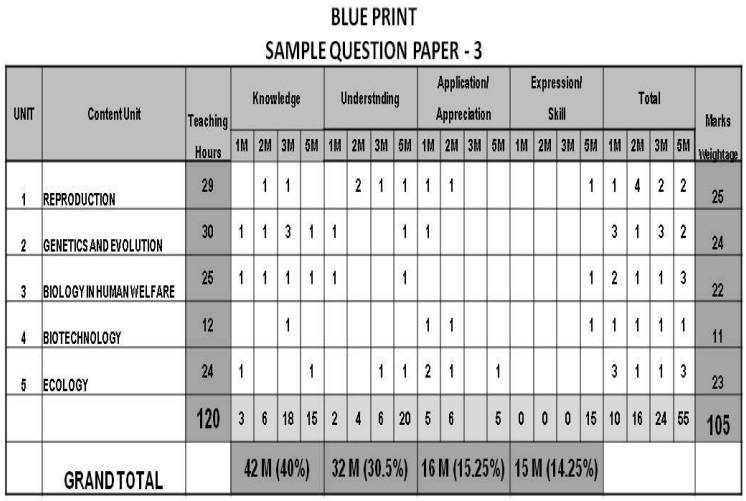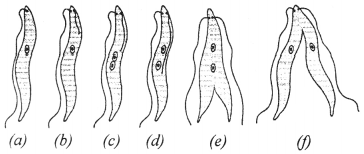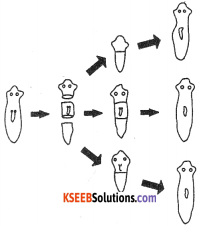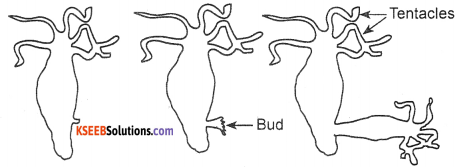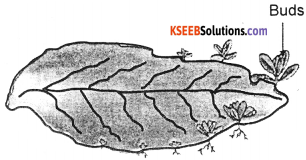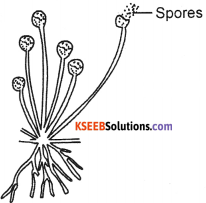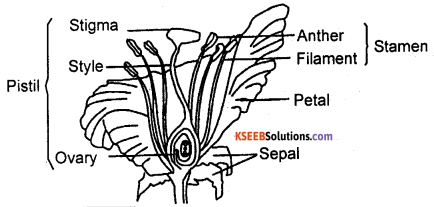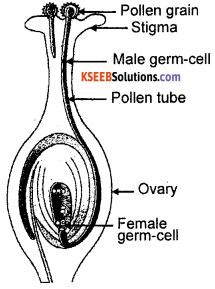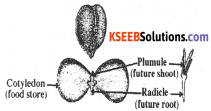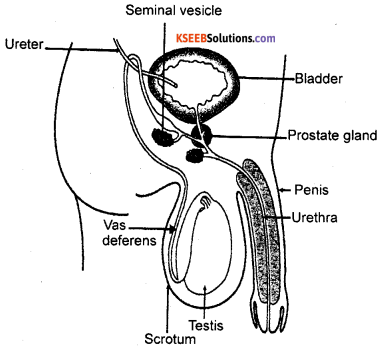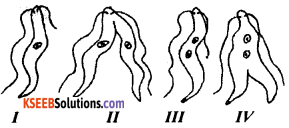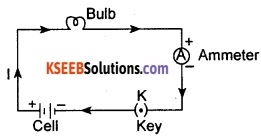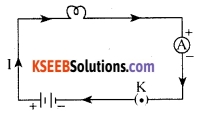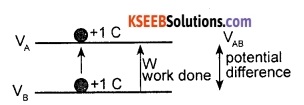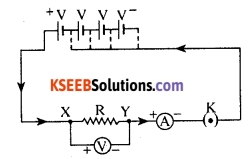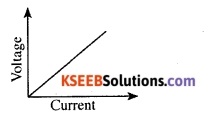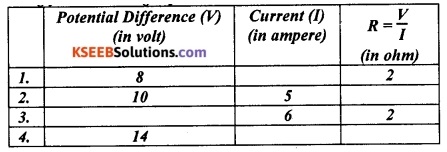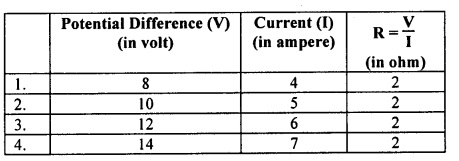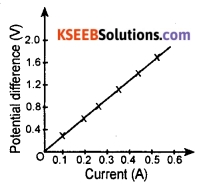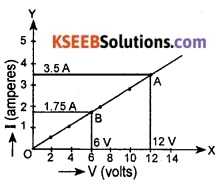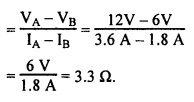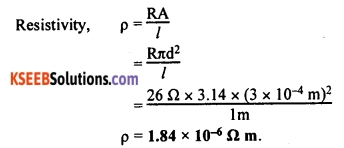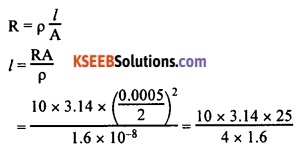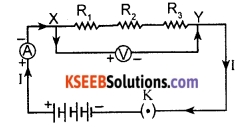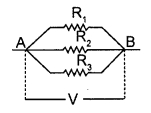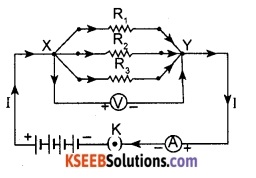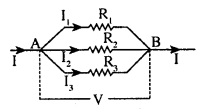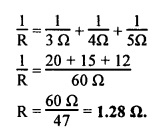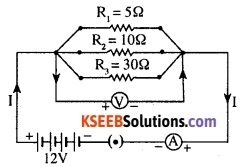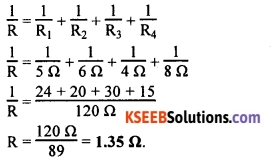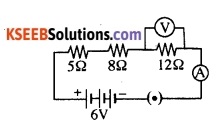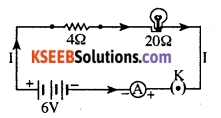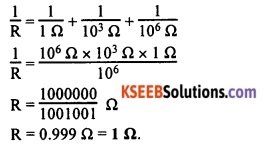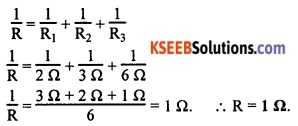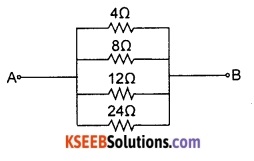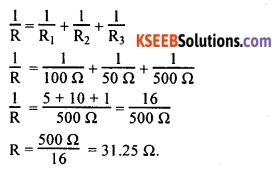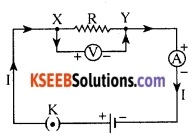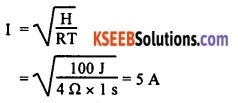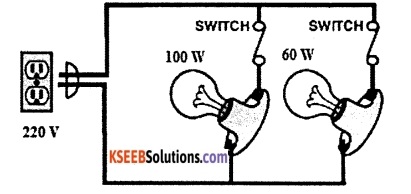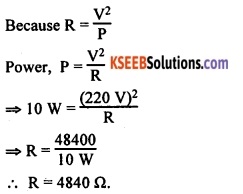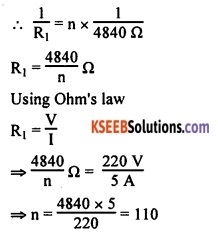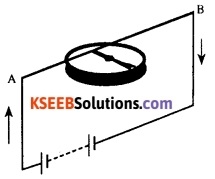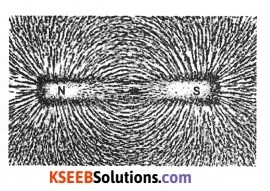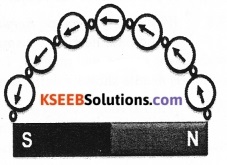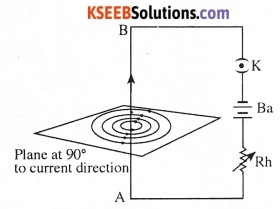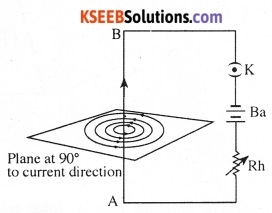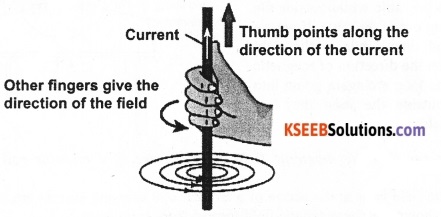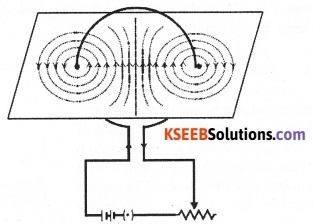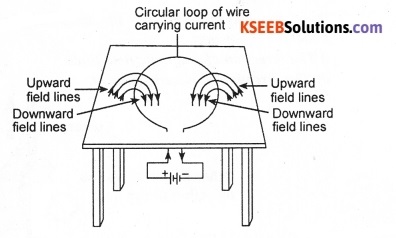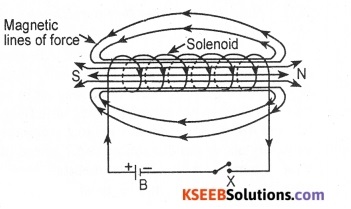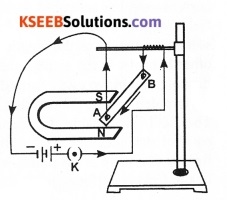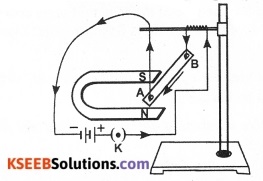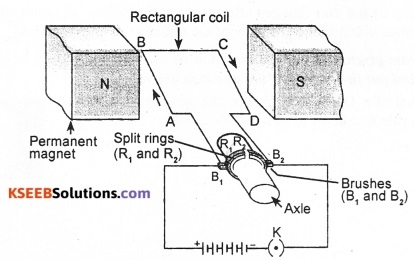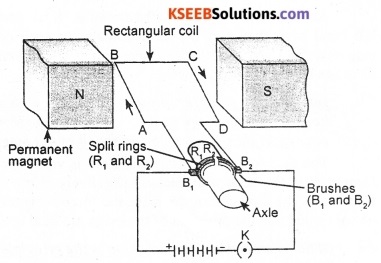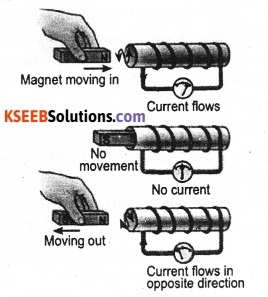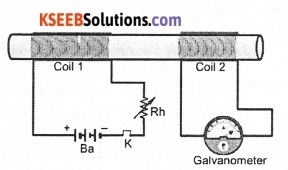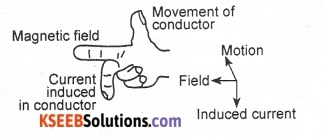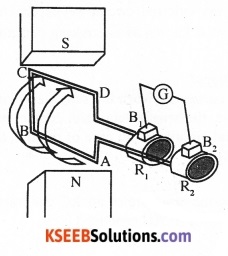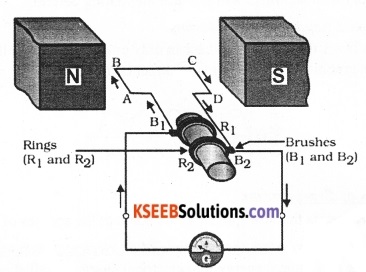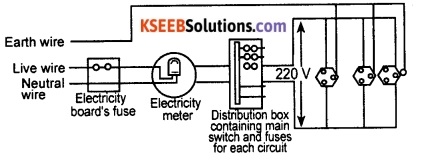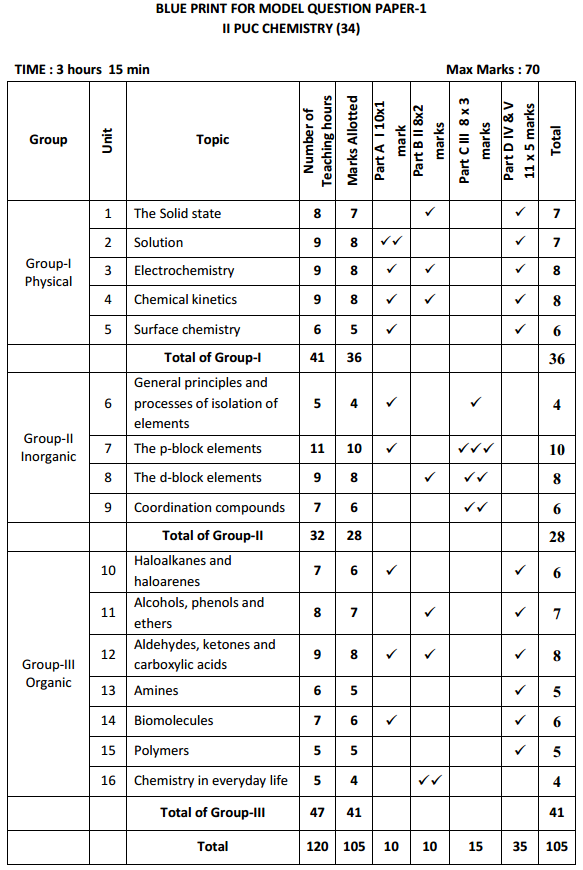Students can Download History Chapter 7 Freedom Movement Questions and Answers, Notes Pdf, KSEEB SSLC Class 10 Social Science Solutions helps you to revise the complete Karnataka State Board Syllabus and score more marks in your examinations.
Karnataka State Syllabus Class 10 Social Science History Chapter 7 Freedom Movement
Class 10 Social Science Freedom Movement Textual Questions and Answers
I. Fill in the blanks with suitable answers:
Question 1.
The Indian National Congress was found in the year ………….
Answer:
1885.
Question 2.
The Drain Theory was forwarded by ………….
Answer:
Dadabai Navoroji.
Question 3.
Swarajya is my birth right was declared by ……………..
Answer:
Bal Gangadhar Tilak.
![]()
Question 4.
Bala Gangadhar Tilak published ……………… newspaper in Marathi.
Answer:
Kesari.
Question 5.
A secret organization by name ‘Abhinava Bharathi’ belonged ……………….
Answer:
Revolutionaries.
II. Choose the right option and fill in the blanks:
Question 1.
The founder of Indian National Congress is ………………
a) Mahatma Gandhiji
b) A.O. Hume
c) Balagandhar Tilak
d) Gopala Krishna Gokhale
Answer:
(b) A. O. Hume
Question 2.
‘Maratha’ paper was published by ………………
a) Jawahara Lai Nehru
b) Ras Bihari Bose
c) Balagandhara Tilak
d) V.D.Saavarkar
Answer:
(c) Bal Gangadhar Tilak
Question 3.
Muslim League was founded in ……………….
a)1924
b) 1922
c) 1929
d) 1906
Answer:
(d) 1906
![]()
Question 4.
The Viceroy who implemented the Bengal division was ………………….
a) Lord Cornwallis
b)Dalhousie
c) Lord Curzon
d)Robert Clive
Answer:
(c) Lord Curzon
III. Discuss in a group and answer the following:
Question 1.
Which were the organizations that were present before the founding of the Indian National Congress?
Answer:
The Hindu Mela, the East Indian Association, Poona Public Sabha, and the Indian Association.
Question 2.
What were the demands of Moderates placed in front of the British?
Answer:
The demands put forward before the British by the moderates were:
- Development of Industries in India,
- Reduction of military expenses in the British army.
- Improvement in the educational standard.
- Forcing the British Government to take up studies about poverty in the country.
Question 3.
Explain the Drain Theory.
Answer:
Moderates were the first to study the ill effects of British rule on India. They explained the drain of resources of India into England through scientific statistics and called it ‘Drain Theory’. By increasing the import and reducing the export, the British facilitated the draining out of precious Indian resources into India. Just like Dadabai Navoroji, R.C. Datta too published books explaining the draining of Indian resources into England.
Question 4.
Name the revolutionaries of the Indian Independence Movement.
Answer:
Aurobindo Gosh, V. D. Saavarakar, Ashwini Kumar Datta, Rajanarayana Bose, Rajguru, Chakikar brothers, Vishnu Shastri, Champukar, Shyamaji Krishnaverma, Ras Bihari Gosh, Madam Cama, Kudiram Bose, Ramprasad Bismil, Ashvakulla Khan, Bagath Singh, Chandrashekar Azad, Jatin Das are more prominent among the revolutionaries of Indian Independence Movement.
![]()
Question 5.
Discuss the role of Balagangadhar Tilak in the Indian Independence Movement.
Answer:
Bala Gangadhar Tilak was one of the members of the Radical group. The aim of the Radical group was an Independent India. Bala Gangadhar Tilak started preparing the common people for freedom struggle. He declared “Swaraj is My Birth Right and I will get it back”. Through religious functions like Shivaji Jayanti, Ganesh festival he started organizing people for the freedom movement. He published ‘Kesari’ in Marathi and ‘Maratha’ in English news paper and used them as weapons to criticize the British administration. He called the people for the active participation in the freedom struggle. Thus Tilak played an important role in the freedom struggle.
Question 6.
What were the reasons for the withdrawal of the Bengal Division?
Answer:
The division of Bengal in 1905 was opposed by the Indian National Congress. Still, the Bengali language could unite the Hindu and Muslim communities. Raksha Bandhan, a Cultural festival was held to bring in unity among Hindus and Muslims. The division of Bengal resulted in widespread protection across the country. The radicals took the issue to the doorsteps of common people. They called for boycotting of foreign goods and the institutions that encourage it. Indians were encouraged to use local goods. The British government withdrew the Bengal division order in 1911.
Class 10 Social Science Chapter 7 Freedom Movement Additional Questions and Answers
I. Fill In The Blanks With Suitable Answers:
Question 1.
Due to their differences in ideology, beliefs and execution styles they are identified as ……….. and ………..
Answer:
Moderates, Radicals.
Question 2.
The period between …………. is called as the Age of Moderates.
Answer:
CE 1885 and 1905.
Question 3.
Bengal had more concentration of ………….. and ………… people.
Answer:
Hindu, Muslim.
Question 4.
The British divided Bengal in ……………
Answer:
1905.
![]()
Question 5.
Bal Gangadhar Tilak published …………… paper in the English language.
Answer:
‘Maratha’.
II. Multiple Choice Questions:
Question 1.
The participation of Indians in the legislature process was
a. 1833
b. 1861
c. 1909
d. 1919
Answer:
b. 1861
Question 3.
Vernacular press Act was implemented by
a. Lord Lytton
b. A.O. Hume
c. Warren Mattings
d. Lord Rippon
Answer:
a. Lord Lytton
Question 5.
Moderates had faith in the rule of
a. British rule and Judiciary
b. British admisnistration
c. Self rule and Hema pulse
d. Own government
Answer:
a. British rule and Judiciary
Question 7.
‘Abhianava Bharatha’ and ‘Anushecla Sarniti’ were the Iwo important secret organizations of_______
a. Revolutionaries
b. Radicals
e. Moderates
d. Gandh Ian era
Answer:
Revuluthnuiries
Question 9.
“Swaraj is my Birth Right. I would definitely get it back”, declared by
a. Gandhiji
b. Nehru
c. Tilak
d. C.R.Das
Answer:
c. Tilak
Four Marks Questions:
Question 1.
Who founded INC? Which were its aims?
Answer:
A.O.Hume plays ed an important role in the formation of Indian national congress in 1885. Hume was a retired British civil servant and met political leaders in cities like Madras, Bombay, and Calcutta and discussed the various issues of public importance.
Aims of INC:
- The congress declared that achieving national unity as its primary aim during its first national convention.
- It thrived to achieve unity among the diverse cultural and social paths of India.
- The leaders of this period also had the commitment to achieve it.
Question 4.
What was role of Revolutionaries in freedom struggle?
Answer:
- Revolutionaries dreamed ofattaining complete freedom.
- They believed that they can drive away the British by employing violent methods. Aurobindo Gosh.
- D. Saavarkar, Ashwini Kumar Datta. Bagath Singh, Chandrashekar Azad are important revolutionaries.
- They established secret associations across the country
- Started collecting weapons and money for an armed struggle against the British.
- A secret organization named ‘Lotus and Dragger was founded in England.
- “Gadha’ in USA can be recalled here
- Abhinava Bharatha’ and ‘Anusheela Samiti’ were two important secret
We hope the KSEEB SSLC Class 10 History Solutions Chapter 7 Freedom Movement help you. If you have any query regarding Karnataka SSLC Class 10 History Solutions 7 Freedom Movement, drop a comment below and we will get back to you at the earliest.

